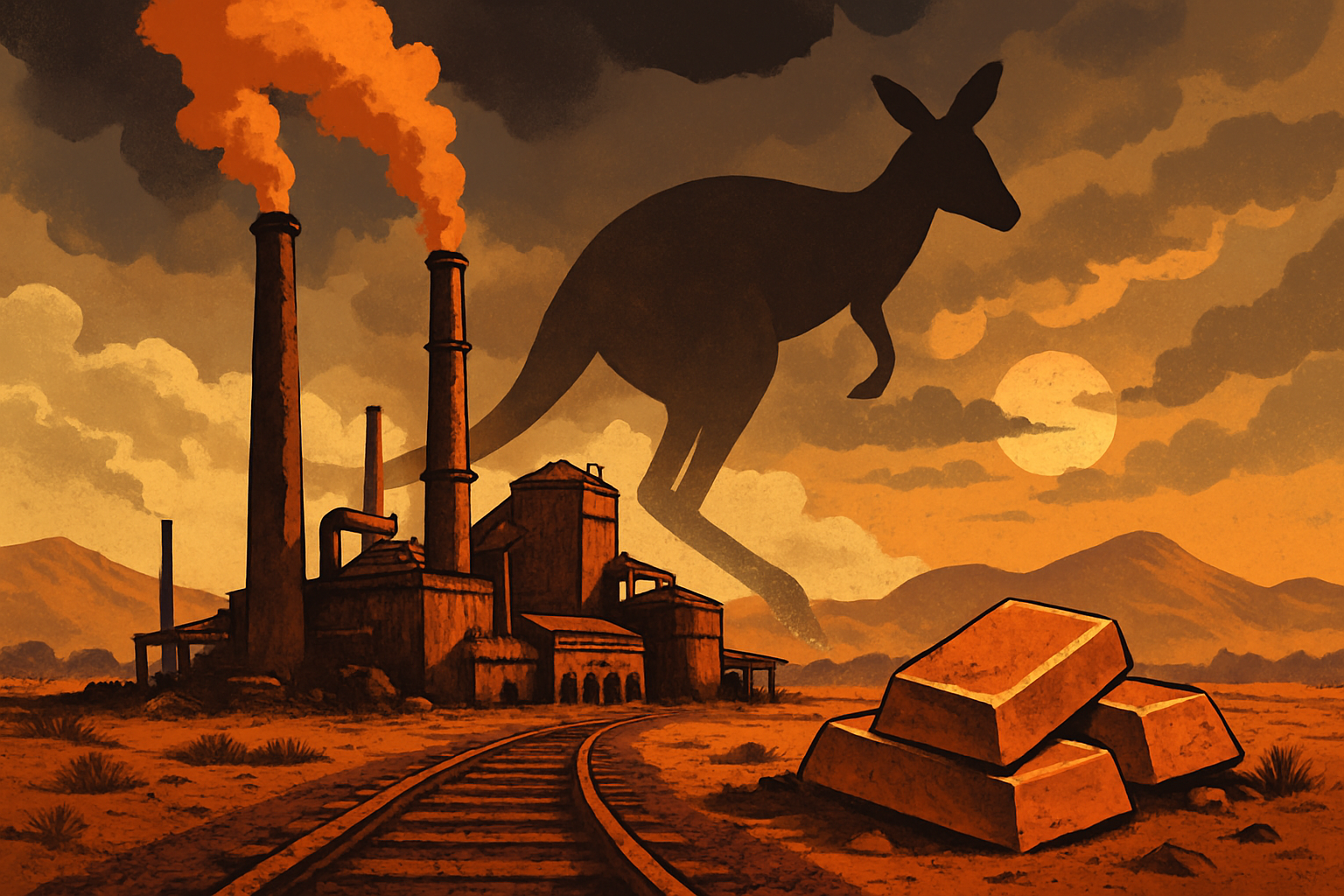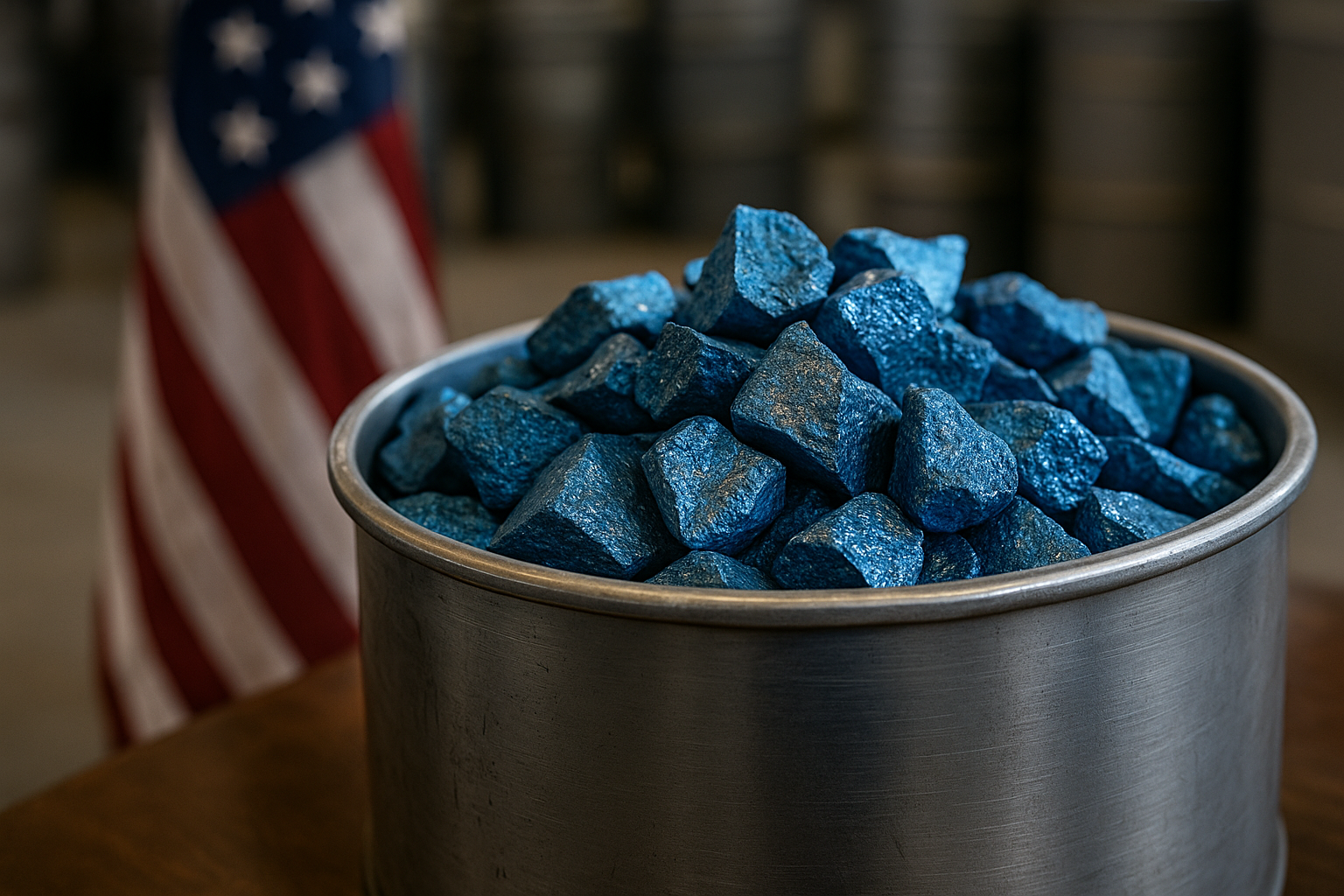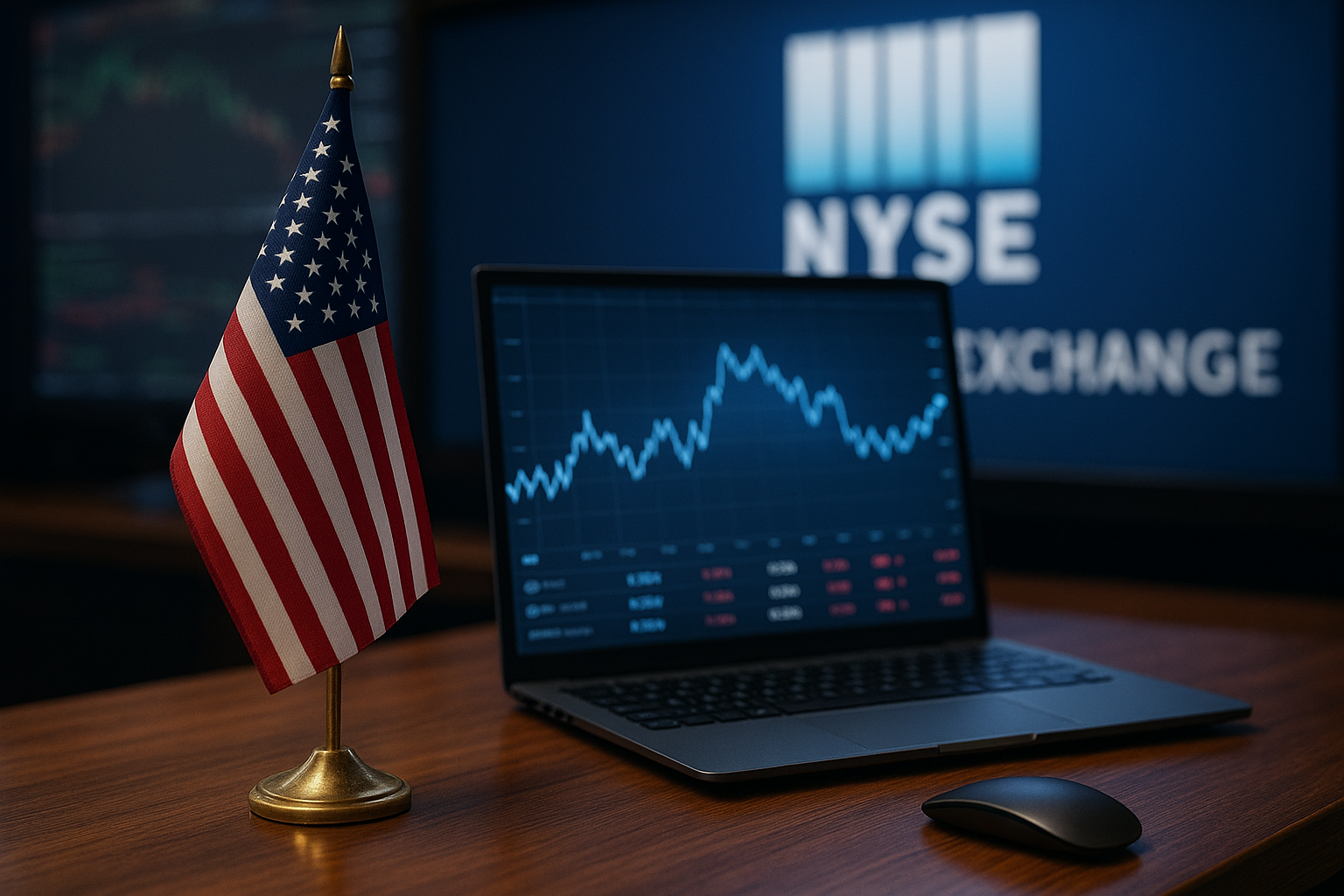Global copper markets are watching closely as Australia’s federal government considers a rescue package for Glencore’s struggling Mount Isa copper smelter and Townsville refinery. With copper prices hovering near multi-year highs due to EV demand and grid expansion, any disruption in smelting operations could ripple across the global supply chain.
As reported by The Australian, the proposed relief measures—ranging from infrastructure subsidies to payroll tax cuts—signal more than a domestic rescue mission. They highlight deep structural vulnerabilities in the metals manufacturing ecosystem, especially in mature industrial economies balancing ESG goals with industrial survival.
A Critical Node in Global Copper Supply
Mount Isa, located in northwestern Queensland, has long been a cornerstone of Australia’s copper industry. Operated by Glencore ($GLEN.L), the site includes one of the world’s oldest continuously running copper smelters. The facility feeds into Townsville’s copper refinery, which together form a critical domestic processing route for mined ore.
However, escalating operational costs, aging infrastructure, and weakening margins have placed the facilities under strain. With Glencore threatening closure unless government support is secured, the Australian government is now weighing a bailout that could include:
- Capital for smelter repair and modernization
- Payroll tax relief to offset rising labor costs
- Rail subsidies to improve ore transportation to ports
- Broader infrastructure support packages for regional processing hubs
Why This Matters for Investors
1. Global Copper Demand Is Outpacing Supply Growth
The International Energy Agency (IEA) estimates that global copper demand could double by 2035, driven by EV production, renewable energy buildouts, and grid upgrades. Any disruption in downstream copper processing—like smelters and refineries—can create bottlenecks in the supply chain even if upstream mining remains strong.
If Mount Isa and Townsville reduce output or shut down, Asia-Pacific supply tightness could worsen, further supporting bullish price sentiment.
2. Signal of Government Willingness to Intervene
Australia’s consideration of a bailout sets a precedent for state-supported metals infrastructure, especially amid growing concerns about supply chain sovereignty and green industrial policy. This could reshape how mining and processing firms calculate geopolitical and regulatory risk.
Watch for similar moves in other jurisdictions—Canada, Chile, and the U.S.—as domestic refining becomes a policy focus.
3. Beneficiaries in the Broader Metals Ecosystem
If the bailout proceeds, it could favorably impact:
- Engineering firms contracted for smelter upgrades
- Rail logistics companies tied to Queensland’s ore transport
- Power utilities supplying heavy industry in the region
Investors should also monitor alternative copper smelters in Asia and South America that could benefit from redirected demand if Glencore scales back Australian operations.
Structural Challenges Beneath the Surface
The Mount Isa crisis is part of a broader issue: declining investment in processing infrastructure. While mining capex has seen moderate recovery post-COVID, smelting and refining investment remains flat, with many aging facilities nearing end-of-life status.
Add to this the cost pressure from:
- Carbon taxes and emissions caps
- High energy prices
- Regulatory scrutiny over environmental compliance
And the result is a scenario where even profitable ore production may not translate into viable local processing—a serious risk for nations aiming to control more of their value chains.
Key Investment Insight
Copper’s strategic value is growing, but the weakest link lies in the midstream. Investors should:
- Track government incentives and bailouts in refining-heavy economies
- Explore exposure to well-capitalized smelters with modern ESG-compliant operations
- Consider logistics and infrastructure companies serving critical industrial hubs
With Australia considering an aggressive support package, similar moves elsewhere could catalyze a global reshoring trend in metals processing, offering long-term opportunities in an often-overlooked segment of the value chain.
Stay informed on how metals, policy, and markets converge—follow MoneyNews.Today for timely insights that help you stay ahead of global commodity shifts.





